Hiking is an incredible activity for kids. It brings them closer to nature, gets them moving, and encourages a sense of adventure. But none of that matters if their hiking boots don’t fit properly. Ill-fitting boots can quickly ruin an outing, leading to discomfort, blisters, and even injuries.
Making sure your kid’s hiking boots fit correctly is essential for keeping their feet comfortable, supported, and ready to tackle the trails. This guide walks you through everything you need to know to get the right fit for your young adventurer.
Why Properly Fitted Hiking Boots Matter
Finding the right pair of hiking boots is more than just a comfort issue. A good fit protects your child's feet, keeps them safe during outdoor adventures, and enhances their overall hiking experience. By understanding foot growth, measuring accurately, and avoiding common mistakes, you can ensure your child is ready to explore the trails comfortably and confidently.
Check your kid’s boots regularly, especially during growth spurts, and prioritize footwear that combines support, durability, and grip. With the right boots, every step your child takes outdoors will be one full of fun, discovery, and adventure.
Understanding How Kids' Feet Grow
Before you jump into finding the perfect hiking boots, you need to understand one important thing about kids’ feet: they grow fast. Between ages four and eight, children’s feet can grow as much as half a size every couple of months. By the time they reach their teenage years, this pace slows down, but regular measurements are still essential. You won’t know if a shoe fits well unless you’ve accurately measured your child’s foot length and width.
Measure Foot Length and Width
Knowing your child's shoe size is the first step to finding hiking boots that fit comfortably. Start the fitting process by measuring your child’s feet. Accurate measurements of both the length and width are non-negotiable.
To measure their feet, have your child stand on a piece of paper. Trace the outline of both feet (as one foot is often slightly larger than the other) and measure from the heel to the tip of the longest toe. For width, measure across the widest part of their foot. Repeat this every couple of months to ensure you’re keeping up with their growth and reference sizing charts when shopping.
Pay Attention to Width and Instep Fit
Length and width are crucial, but they’re not the only details that matter when looking for the right hiking boots. Ignoring toe shape, instep, and other factors can create pressure points and lead to discomfort. If a boot feels tight across the top or pinches in certain areas, it’s likely not a good match. Look for designs that cater to different foot shapes to ensure a better overall fit.
Check for Wiggle Room and Heel Slip
Once you’ve chosen a pair of hiking boots based on size, have your child try them on. Pay close attention to the toe box and heel. There should be enough wiggle room at the front so that their toes can move freely but not so much that their foot slides forward. The heel, on the other hand, should feel secure. Heel slippage can lead to painful blisters during a hike. Double-check these areas by having them walk, squat, and stand on tiptoes.
It’s also a good idea to try on shoes later in the day. Your feet naturally swell as you move around during the day, so trying on shoes in the afternoon gives you a more accurate idea of how they’ll fit when you and your little ones are out on the trail.
Try Boots on With Hiking Socks
Always test hiking boots with the socks your child will wear on the trail. Regular socks won’t provide an accurate fit. Hiking socks are often thicker and more cushioned, changing the feel of the boots on their feet. If the boots feel snug or tight with hiking socks, they’re likely the wrong size.
On the flip side, if the boots feel loose with thick socks, stability might become an issue. Trying boots on with the proper socks simulates a real hiking experience, which will help confirm the fit.
Prioritize Ankle Support and Stability
For kids who love climbing over rocks or trekking through uneven terrain, ankle support and height are crucial. Good hiking boots wrap snugly around the ankle to prevent rolling or twisting during hikes. Look for mid-height boots that provide structure on uneven terrain without feeling bulky or overly stiff. Stability is equally important and keeps their every step consistent, even on rocky or uneven paths. Test this by having your child walk on different surfaces to see how well the boots stabilize their movement.
Look for Waterproof or Water-Resistant Materials
Depending on the season and the trails you explore, your child’s hiking boots may encounter mud, puddles, or wet grass. Waterproof or water-resistant materials keep their feet dry, whether it’s a light sprinkle or a full-blown downpour. Check the label to confirm that the boots are built to withstand moisture, as wet feet can quickly ruin the hike for everyone.
Choose Durable Outsoles With Good Traction
Hiking trails can be slippery, dusty, or steep, making traction an important feature in hiking boots. Durable outsoles with deep lugs—the bumps on the outsole that give you grip—help provide traction and stability, giving your child the confidence to walk without slipping. Make sure the outsole feels sturdy, and test the boots on a variety of surfaces to ensure they offer the grip needed for rugged terrain.
Avoid Buying Boots That Are Too Big
It might seem tempting to buy boots with a little extra room for your child to grow into, but this often causes more harm than good. Oversized boots lack the snug fit needed for stability and support, leading to rubbing and uneven footing. Always focus on the correct fit at the time of purchase rather than planning for future growth.
Test Boots on an Incline
Don’t forget to test hiking boots on slopes. Many outdoor gear or sporting goods stores have a small incline or ramp for this exact purpose. Have your child walk uphill and downhill to test for heel slippage, toe pressure, and overall fit. Their heels should remain firmly in place when walking uphill, and their toes shouldn’t hit the front of the boots when going downhill. These tests mimic the conditions of a real trail and reveal how well the boots perform in action.
Make every family adventure more exciting with gear from YoColorado. Our Colorado merchandise includes beanies, headbands, multi-tools, and other great accessories to keep the whole family comfortable and stylish out on the trail. Visit us online today or stop by our Golden store to gear up ahead of your next adventure.

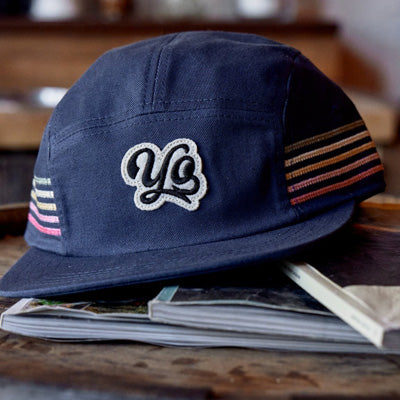
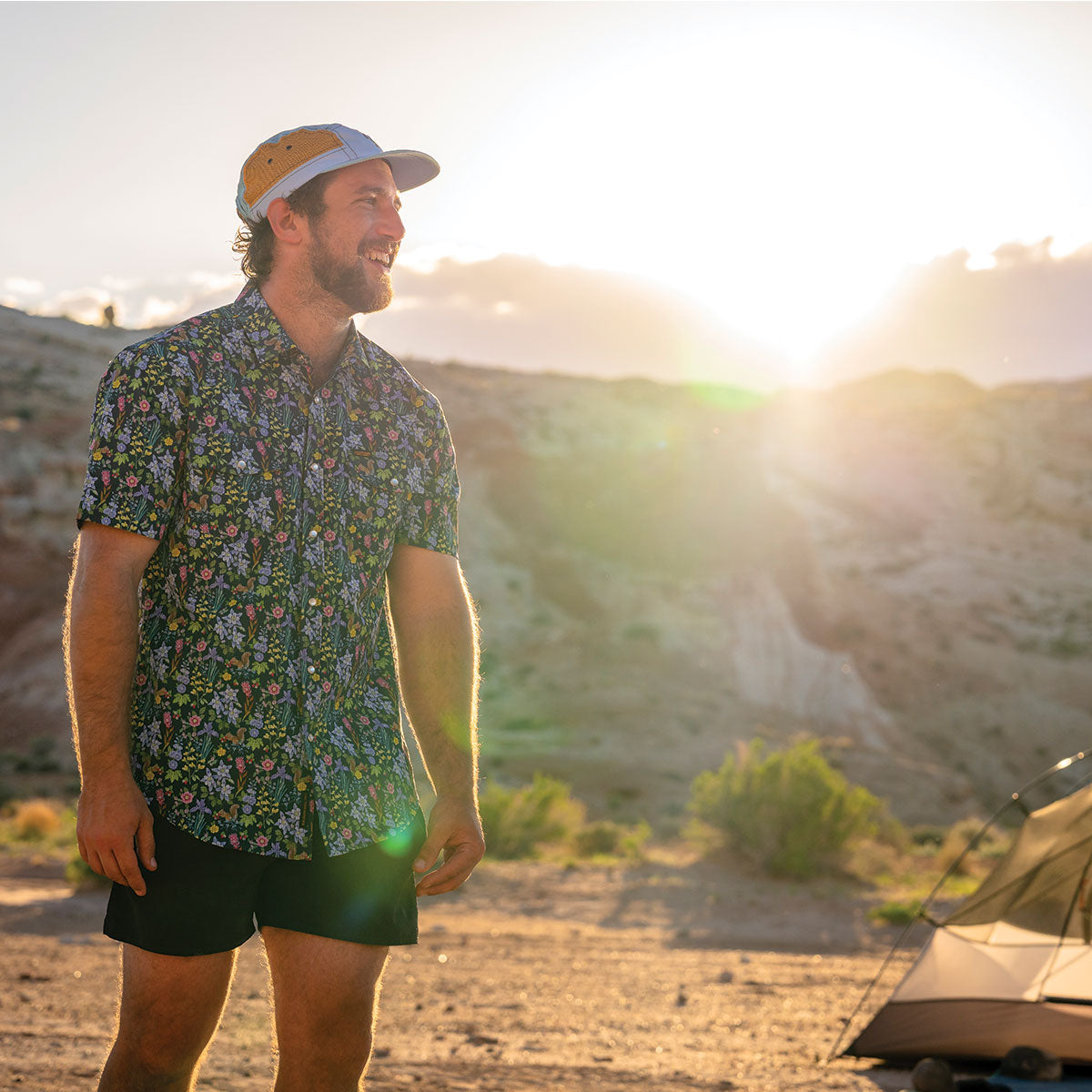
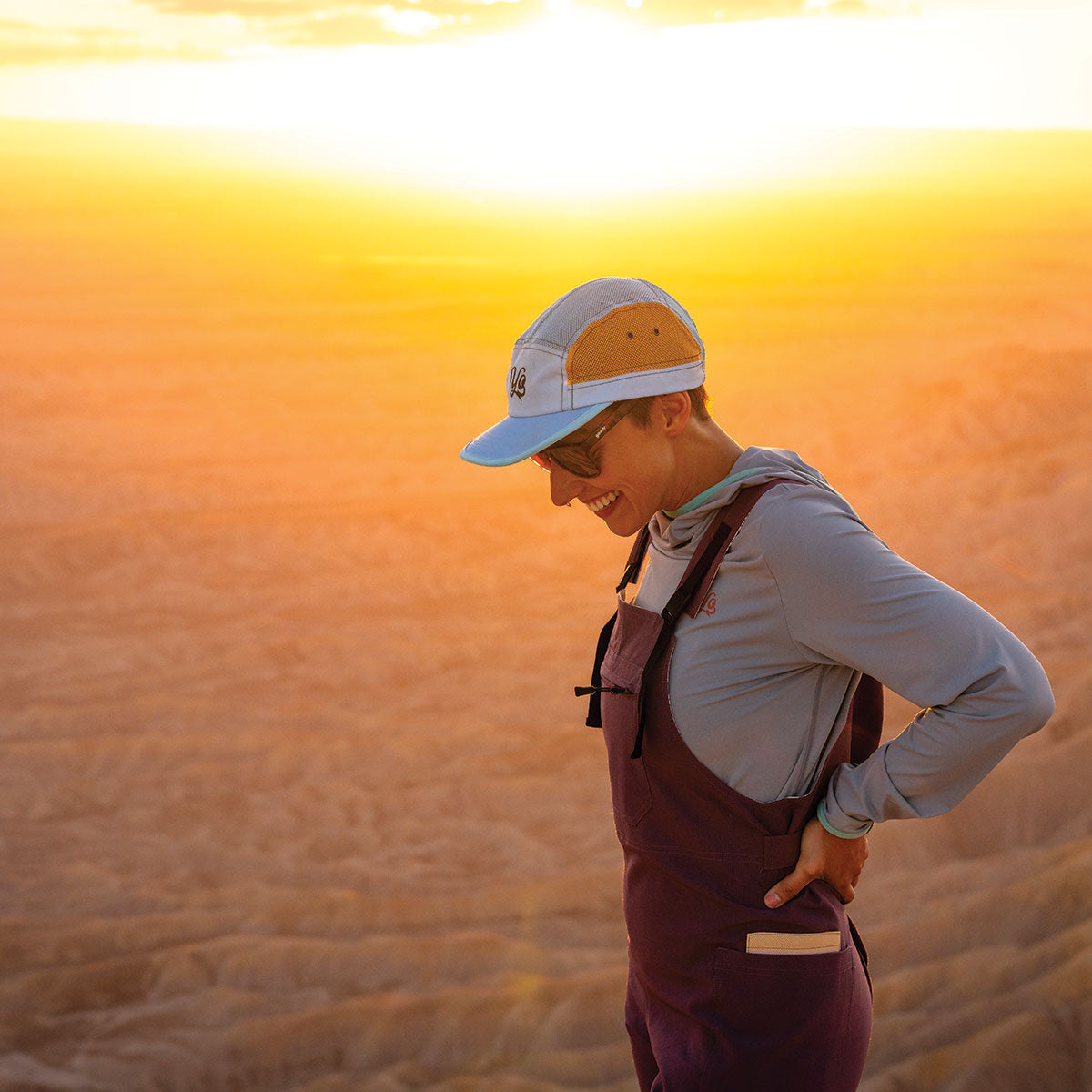
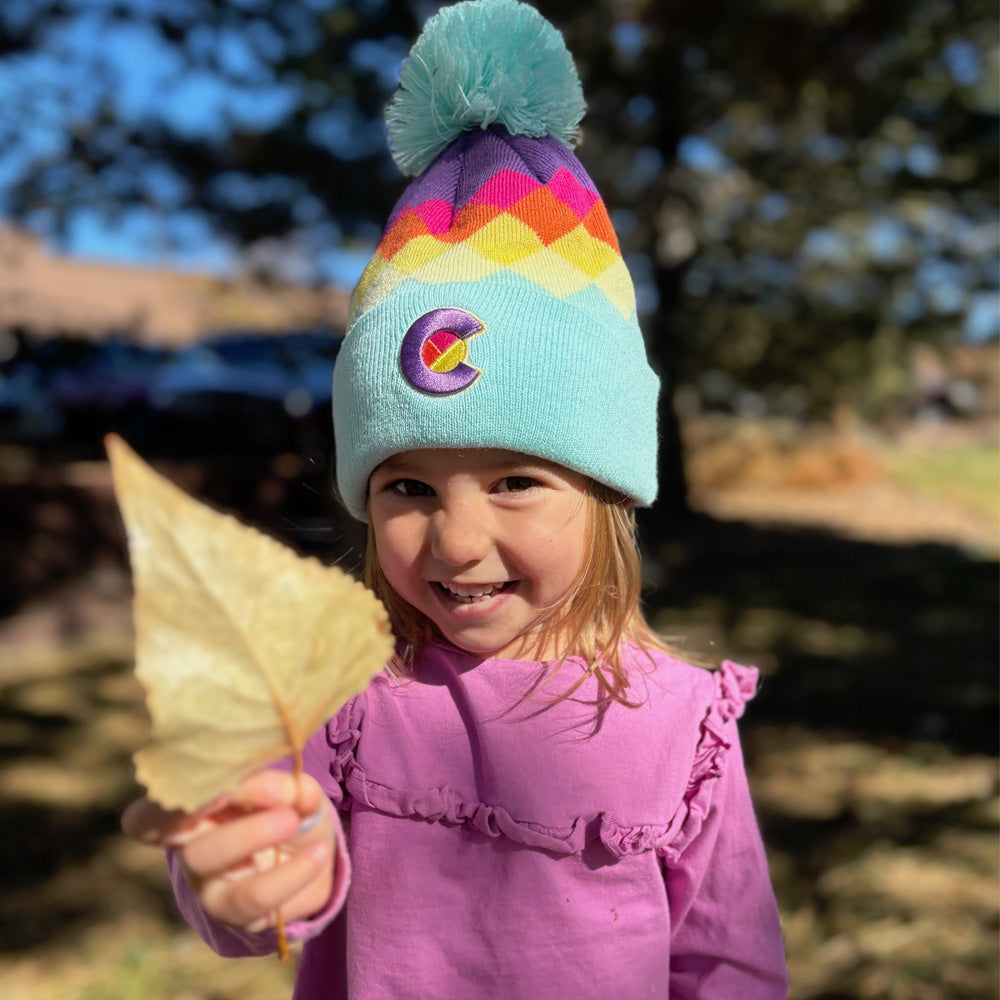
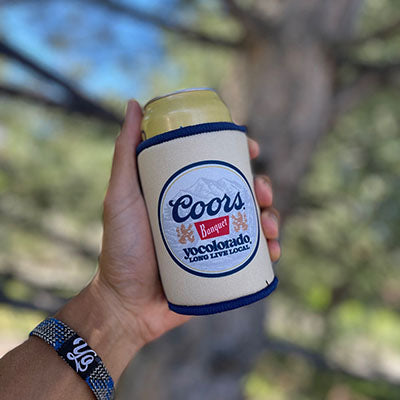
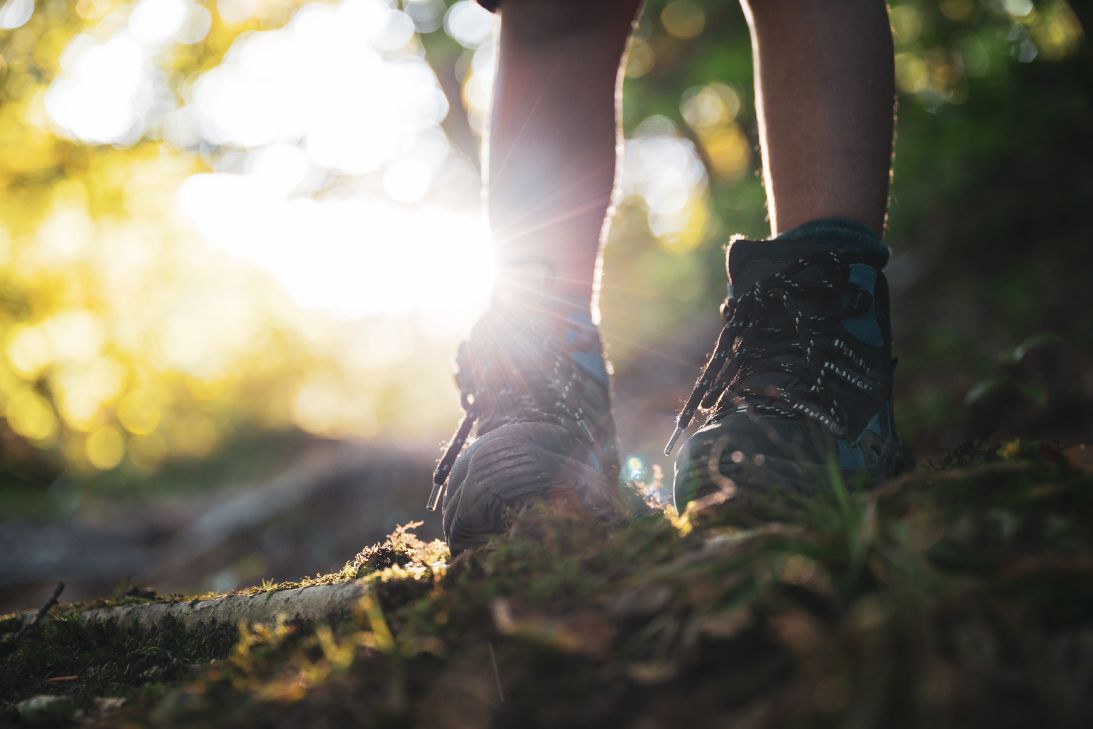
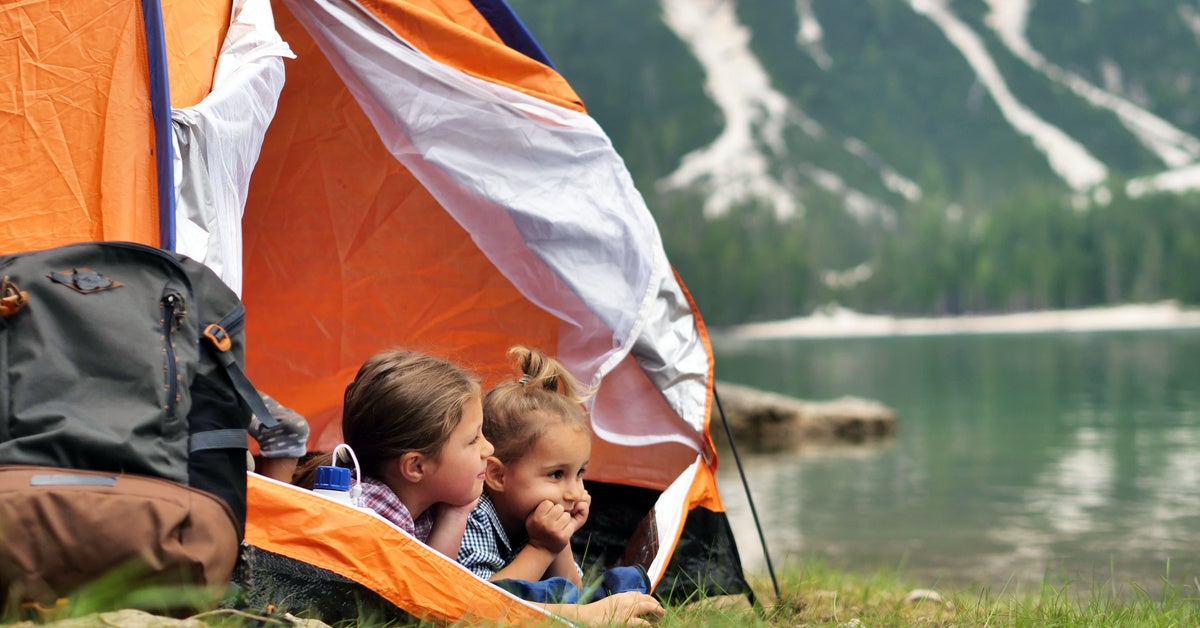
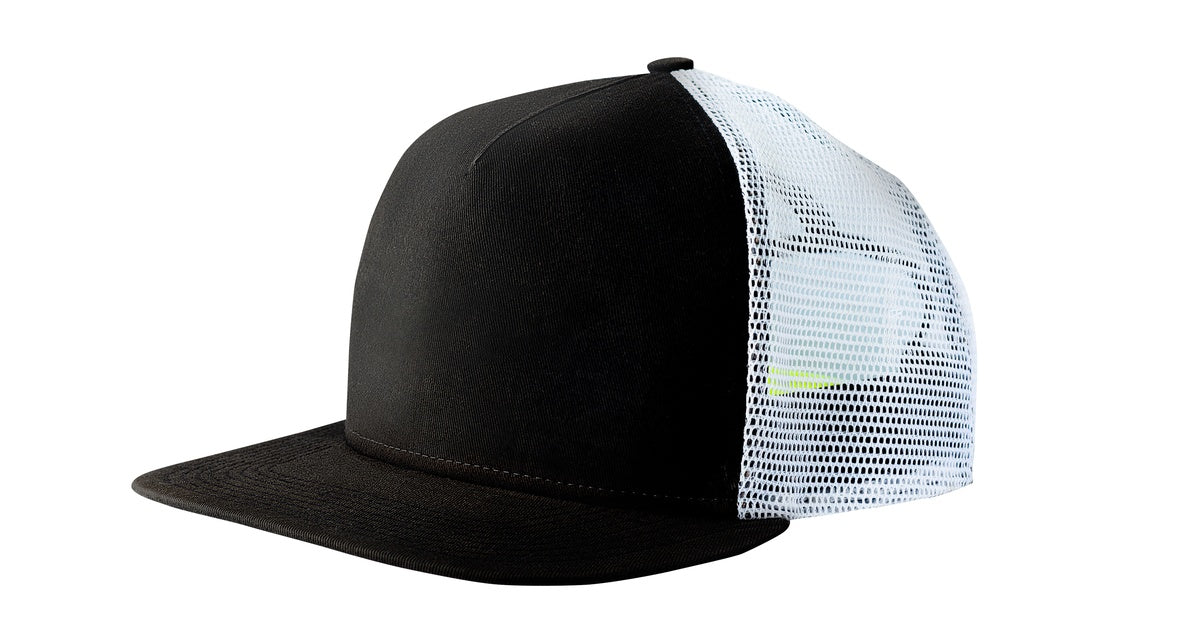
Leave a comment
This site is protected by hCaptcha and the hCaptcha Privacy Policy and Terms of Service apply.